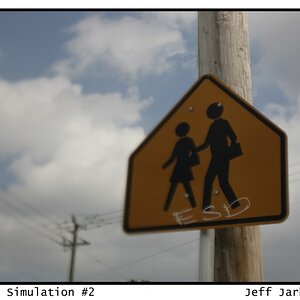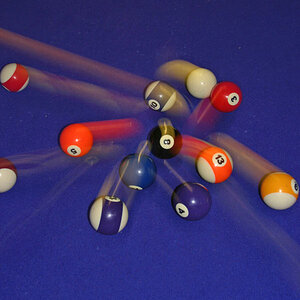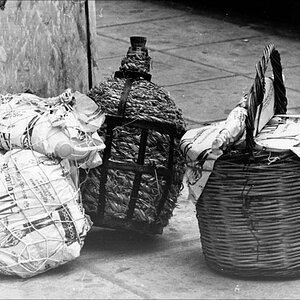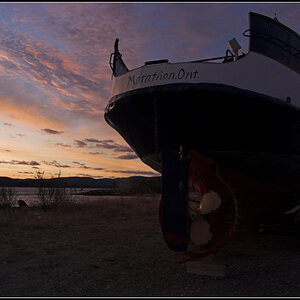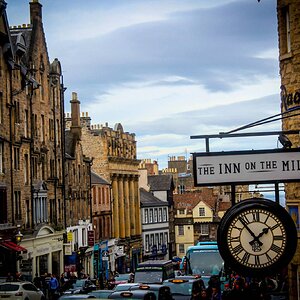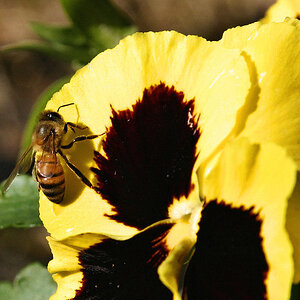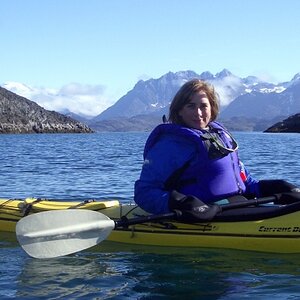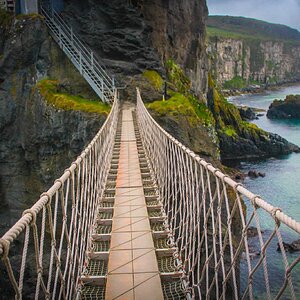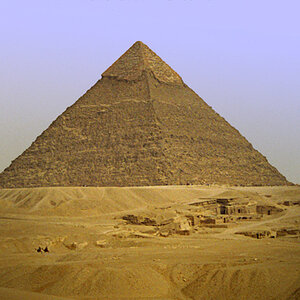I've been working to learn how to effectively use a new SB-700 external flash and don't have alot of time due to kids, work, etc..... Everybody recommends http://Strobist.blogspot.com however it doesn't seem to have any guidance on strategies for shooting a scene after the pages where it suggests exactly what to buy. It does seem to have a series of exercises but never explains where to start when planning to shoot a scene. Am I missing something?
While I can understand the concept of "experimenting" to learn, I don't see this as effective or efficient.
I read an article on bouncing flash indoors that provided starting F#s and exposure speed and it was great. The article has significantly improved my photography indoors as I jotted down the started settings and use them as a starting point. Before this article, I would get blown out photos (not exactly understanding the settings in the flash) and less than stellar results. While I'm still not getting it perfectly, my results are much better. I'd like to shoot manually.
Is there a resource that provides "cheat sheets" for different starting settings? Sunlight behind subjects at sundown, How to get a night shot, kid portrait settings...group portraits, things like this. The flash settings are so complicated (between distance, the internal camera settings, f stops on the flash) that it would seem like a cheat sheet like this would make sense. It would be great if there was a starting sheet and then gave info on what to change to brighten or darken the background or the flash lit subject. In the long term, I hope to buy a seminar or something...but for now does a cheat sheet like this exist?
Since this a beginner section, ideally the lessons would focus on a single flash vs. multiple. Most online tutorials seem to focus on 2 or more.
While I can understand the concept of "experimenting" to learn, I don't see this as effective or efficient.
I read an article on bouncing flash indoors that provided starting F#s and exposure speed and it was great. The article has significantly improved my photography indoors as I jotted down the started settings and use them as a starting point. Before this article, I would get blown out photos (not exactly understanding the settings in the flash) and less than stellar results. While I'm still not getting it perfectly, my results are much better. I'd like to shoot manually.
Is there a resource that provides "cheat sheets" for different starting settings? Sunlight behind subjects at sundown, How to get a night shot, kid portrait settings...group portraits, things like this. The flash settings are so complicated (between distance, the internal camera settings, f stops on the flash) that it would seem like a cheat sheet like this would make sense. It would be great if there was a starting sheet and then gave info on what to change to brighten or darken the background or the flash lit subject. In the long term, I hope to buy a seminar or something...but for now does a cheat sheet like this exist?
Since this a beginner section, ideally the lessons would focus on a single flash vs. multiple. Most online tutorials seem to focus on 2 or more.


